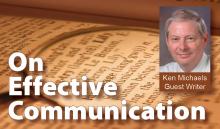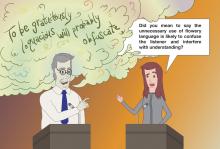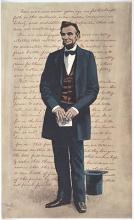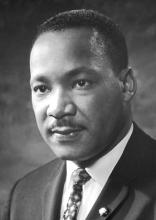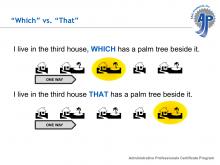The Power of the Unspoken
In an old comedy routine of disputed origin, two people are present when the telephone rings. One of them answers it and after a brief silence remarks, “You don’t say!” Then, more silence as he listens, then again: “You don’t say!” Another period of silent listening, and another “You don’t say!” Then finally, “Okay, goodbye, then.” The other fellow turns to him quizzically and asks who had called. The fellow who answered the phone replies solemnly, “He didn’t say.”


